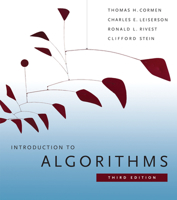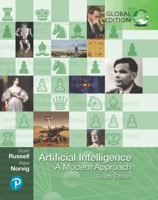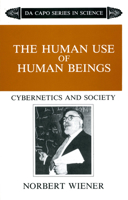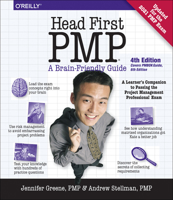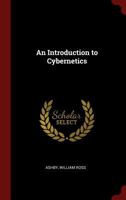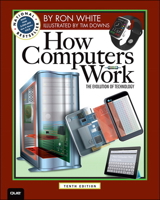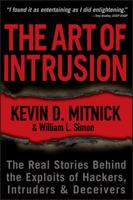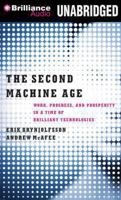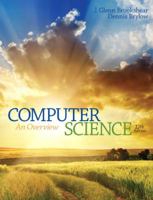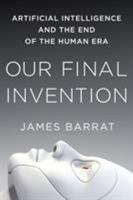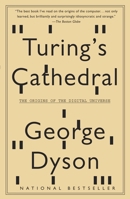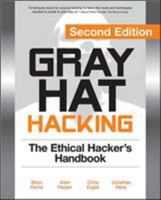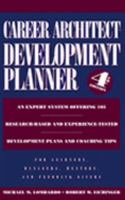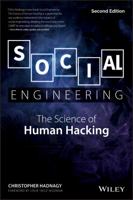Java 2 Game Programming (The Premier Press Game Development Series)
Select Format
Select Condition 
You Might Also Enjoy
Book Overview
Related Subjects
Algorithms C C & C++ Windows Programming Computer Science Computers Computers & Technology Development Education & Reference Game Programming Graphic Design Graphics & Visualization Languages & Tools Mathematics Parallel Processing Computers Programming Programming Languages Science & Math Software TextbooksCustomer Reviews
Rated 5 starsAwesome?
What I cannot believe is how unfair recent reviews of this book have been. If you're a beginner hobbyist, then maybe this book isn't for you?Let's mention instance modelling, advanced collision detection, triple-buffered animation, quad trees, hardware acceleration and framerate syncing. Maybe this book is ideal for a Mathematician interested in game development using Java. But as a newbie Java developer that just did part...
0Report
Rated 4 starsGood as a starting point, with some flaws
This book is a decent starting point for someone who already knows Java basics, but has no idea how games (animation, controls...) are made. After reading this book you are ready to continue on web-based articles on specifics and advanced features. I also liked the fact that this is not one of those five-year old books with obsolete/deprecated code.But this book is far from perfect. I think the Java basics -chapter is too...
0Report
Rated 4 starsNot perfect, but excellent nonetheless.
There are very few books on the subject of game programming in Java that are much help to an experienced programmer, and although this book does waste some time covering the fundamental basics of Java, it does a remarkable job of explaining concepts in a way that is understandable as well as accurate. Petchel has mastered the art of writing in a way that is both entertaining and informative, adequately covering technical...
0Report











![Paperback Java 2 Game Programming [With CD] Book](https://i.thriftbooks.com/api/imagehandler/m/10225AFEE0BC02B04E6C984A8D9410E90BF89EAA.jpeg)


